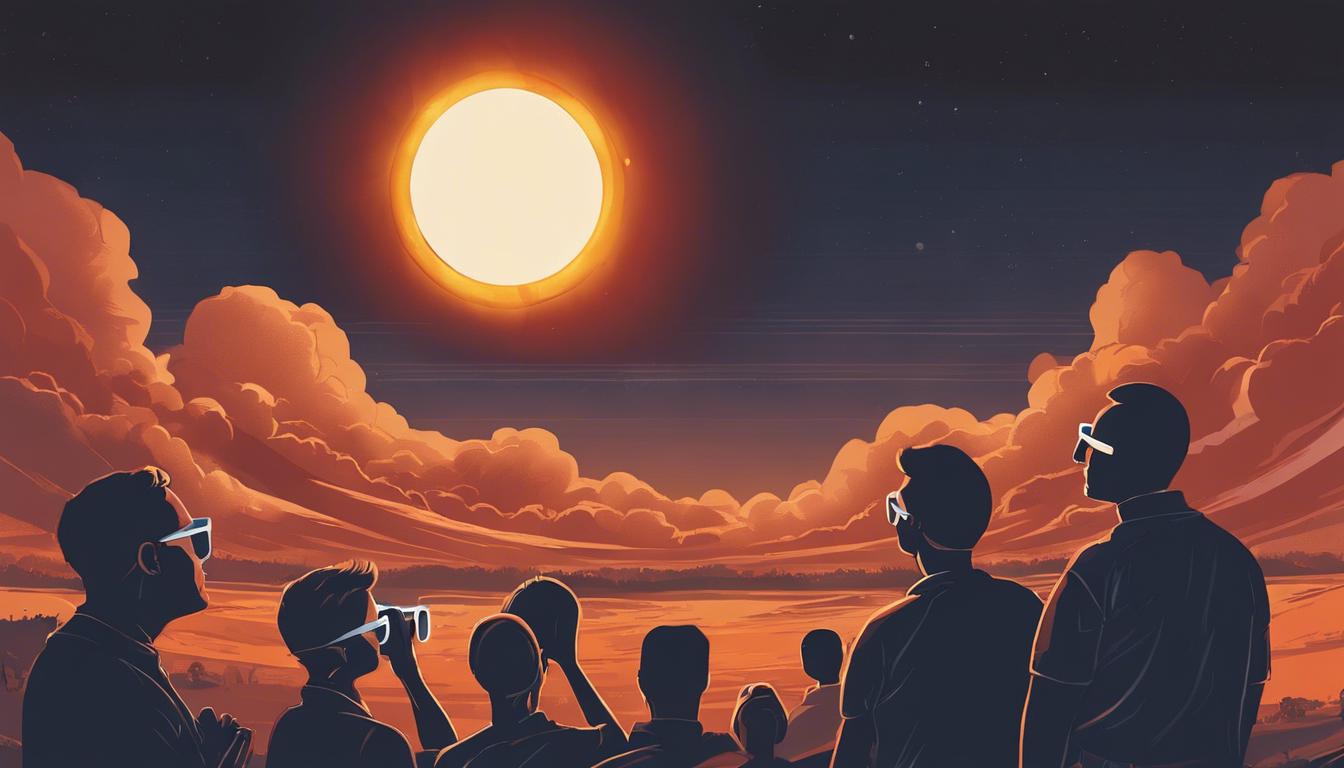A rare total solar eclipse graces the skies of the United States, Mexico, and Canada, captivating viewers with its celestial beauty while emphasizing the critical importance of eye safety.
On 8 April, a total solar eclipse captivated viewers across the United States, Mexico, and Canada, marking a majestic celestial occasion. During this rare event, the Moon positioned itself directly between the Earth and the Sun, resulting in a shadow that plunged certain areas into daytime darkness. This phenomenon was particularly spectacular in northern Mexico, where sky gazers experienced moments of daylight obscurity due to the Moon’s relatively small size, which limits the eclipse’s visibility to specific global locations.
NASA, alongside emphasizing the beauty of this occurrence, issued important safety guidelines for those observing the eclipse. The agency strongly advised the use of protective eyewear adhering to the ISO 12312-2 standard or the utilization of telescopes, camera lenses, or binoculars equipped with the necessary filters to prevent “eclipse blindness” otherwise known as solar retinopathy. Symptoms of this condition, ranging from watery eyes to complete blindness, underscored the critical nature of eye protection during the event. For individuals opting against glasses, NASA provided instructions for making a pinhole projector, a simple device that safely projects the image of an eclipse onto a surface.
To facilitate safe viewing, various retailers, including Warby Parker, distributed free ISO-certified solar eclipse glasses. In addition to offering tangible viewing aids, NASA hosted a live feed of the eclipse, allowing those outside the direct path, including in the UK and Ireland, to experience a partial view of the spectacle close to sunset.
Such eclipses are infrequent, with the next total solar eclipses forecasted for 2026 and 2090, presenting opportunities for regions including Spain, Iceland, and the UK to witness these extraordinary events. The 8 April eclipse served not only as a visual marvel but also as a poignant reminder of the importance of safeguarding one’s vision while engaging with the wonders of the cosmos.













